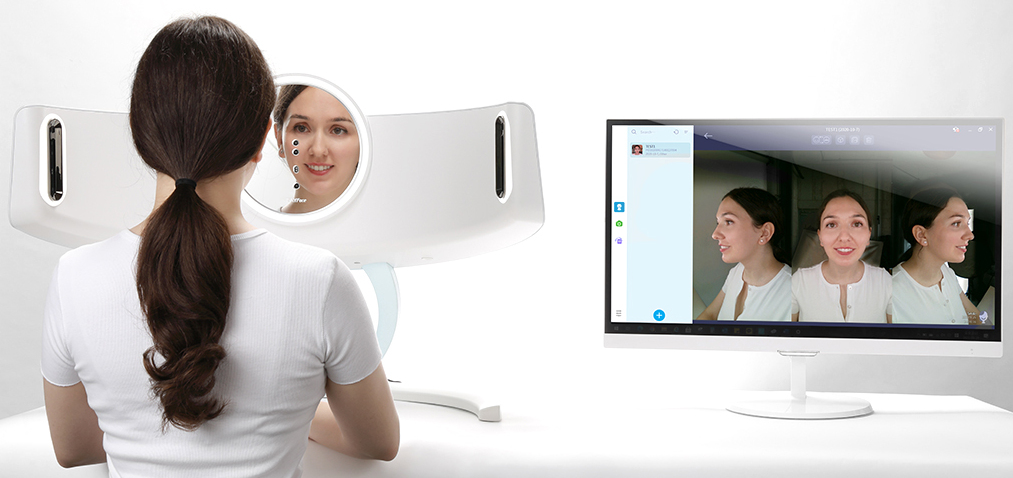Artificial intelligence (AI) refers to designing machines capable of performing tasks that humans usually handle. Computer programs learn specific patterns and are taught to respond to mimic human learning and problem-solving abilities.
Currently the most common subfields of AI are:
- Machine learning
- Deep Learning
- Cognitive Computing
- Computer vision
- Natural language processing
Well-known examples of AI usage are speech to text and Google Image Search.
Artificial neural networks (ANNs) and convolutional neural networks (CNNs) are examples of AI in dentistry. ANNs find patterns in data and then teach the machine to recognize these patterns. CNNs are used to analyze visual and diagnostic images. Areas currently using AI in dentistry are:
Voice Commands
Like Amazon Alexa, DEXvoice by Simplifeye and DEXIS work with voice commands. With these voice commands, you can say something like, “Alexa, show me a PA of tooth number 30.” These voice commands allow the clinician to capture images hands-free, thus improving workflows and simplifying infection control.
Diagnosis
Caries Detection
Would you want to diagnose decay accurately every time? Every dentist has varying diagnostic capabilities depending on their experience. Dentists can use AI together with a clinical exam to diagnose caries. AI technology recognizes patterns within the data from a large set of x-rays, and these patterns help dentists more accurately identify decay.
Periodontal Disease Detection
CNNs capture patterns from x-rays of periodontally compromised teeth, which helps diagnose and treat periodontal disease.
Oral Cancer Detection
The earlier oral cancer is diagnosed, the higher the chance of survival. Unfortunately, by the time the human eye can see anything in the mouth, the cancer is usually in stages 3 or 4, meaning the survival rate is much lower at this time. AI detects oral cancer by using mobile applications that capture the image and sends it for remote diagnosing. These mobile applications differentiate between pictures that are cancerous and those that are non-cancerous. They can also classify the lesions as benign, malignant, or potentially malignant.
Treatment
AI aids dental treatment administration by providing clear graphical information of operative sites. Examples where AI is used for dental treatment planning and patient education are:
- Placing Implants
- Oral and Maxillofacial surgeries (where perfect planning and high precision is needed)
- Visualizing a patient’s smile in real-time (for example, Align Technology recently launched an In-Face visualization tool for the Invisalign Go system that dentists can use to show patients what their teeth will look like within an image of their face.)
- Tooth color matching in prosthodontics
- Reconstructing missing parts of a tooth using computer-aided design
- Predicting the likelihood of patients needing certain dental treatment based on their habits such as frequency of brushing and flossing
- Predicting if any teeth will need to be extracted during orthodontic treatment
- Analyzing dental materials and how they affect the lifespan of a restoration
Scheduling & Marketing
The success of a dental practice depends on having a full schedule. Dentists keep their schedules full by getting new patients through the door, making it easy for current patients to schedule appointments. If there is a cancellation in the schedule, filling the spot as quickly as possible; is where AI technology comes in. Firstly, AI techniques study patterns and learn the preferences of your patients, the days and times they are available, and match the patient with available appointments. Secondly, AI automates scheduling your current patients with voice, text, and even video, making it easy for patients to schedule their appointments. Finally, AI detects cancellations in your schedule, searches patient records for patients that need treatment, and sends out a marketing campaign to those patients with current availability and need procedures that will help you meet your production goals.
Conclusion
Proper diagnosis is fundamental to successful dental treatment, and AI technology helps dentists with this. AI use in dentistry is still in its infancy, but it is here to stay.

